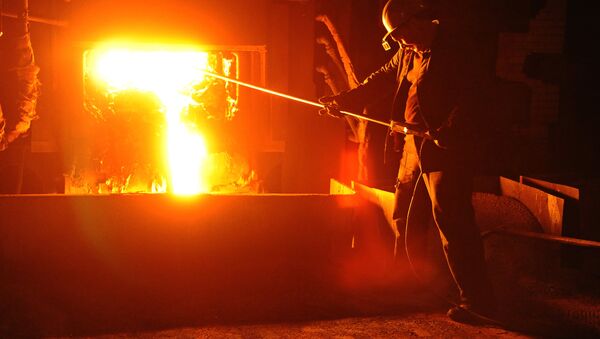The application of the new steel will slow down the collapse of steel structures in high-temperature fires, creating extra time to evacuate people, the university's press service reported.
According to the NUST MISIS experts, fires cause the metal parts of buildings to quickly lose their load-bearing capacity. This leads to the loss of structural integrity and severe deformation of buildings, making rescue and firefighting operations nearly impossible.
Buildings can collapse before a rescue operation is complete, causing more casualties, requiring substantial subsequent repair and recovery costs and leading to high, in some cases almost unrecoverable, environmental damage.
New technical regulations and national standards in the Russian construction sector require the introduction of high-strength fire-resistant rolled products for the manufacture of metal structures.
According to the researchers at NUST MISIS, this is due to an increasing number of man-made disasters, emergencies, and fires at industrial and infrastructure facilities. This is particularly important for transport and energy facilities that pose an increased technogenic danger.
The researchers at NUST MISIS believe the task of increasing the fire resistance of structural steel can be solved via the scientifically based management of the composition of alloy elements and thermomechanical treatment condittions.
"We assume that the required effect can be achieved by forming non-metallic inclusions – carbide and nitride particles – at elevated temperatures. These particles will contribute to preserving the strength of steel at temperatures of 500-900C°", Denis Kuznetsov, Head of the NUST MISIS Scientific and Educational Centre of Energy Performance, told Sputnik.
The researchers believe that by implementing the development, the collapse of steel structures in high-temperature fires will occur later, creating enough time to evacuate people. They plan to increase the resistance of structural steel by at least 15 minutes. This will improve the operational safety of industrial buildings, shopping centres, sports facilities, and save many lives.
The project is being carried out by NUST MISIS jointly with PJSC Severstal under a Russian government grant to create high-tech production facilities.



